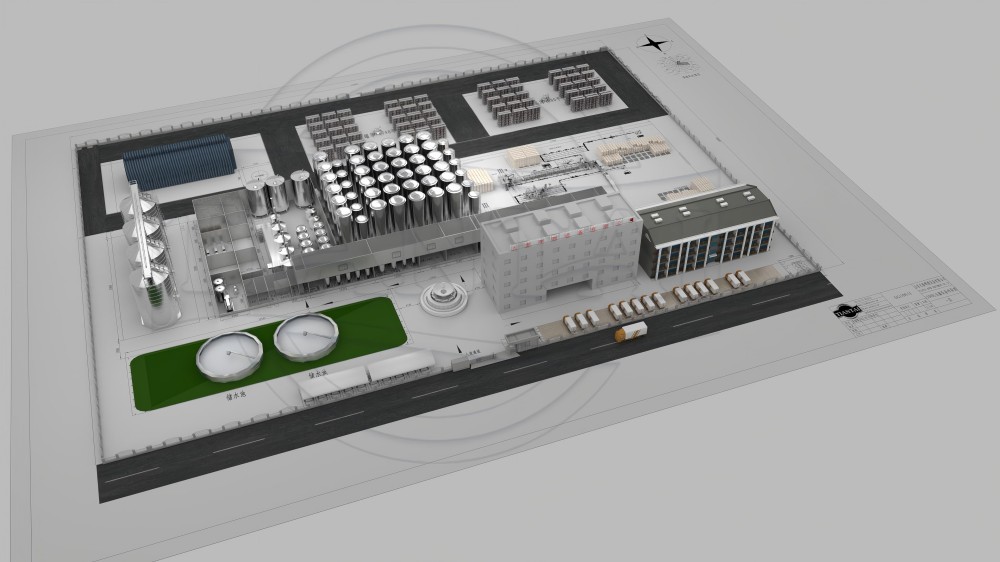Membrane filtration technology, as an advanced separation technology, has developed rapidly since the 1960s. It relies on selective permeable membranes as core components, and applies driving forces such as pressure difference, concentration difference or potential difference on both sides of the membrane to achieve efficient separation of substances of different molecular weights in the fluid. This technology is not only applicable to the field of water treatment, but also plays an important role in the food processing industry, especially in beer brewing, for fine filtration and aseptic treatment, which significantly improves the quality and production efficiency of beer.

Overview of beer membrane filtration technology
In the beer manufacturing process, membrane filtration technology is mainly used to remove yeast and other microorganisms to ensure the sterility of the final product. The pore size of commonly used microporous membranes ranges from 1.2 microns to 0.6 microns, and is selected according to specific needs to achieve the goal of filtering out bacteria and retaining the original flavor of beer. Compared with traditional heat sterilization, this method can be operated at room temperature, which is conducive to maintaining the colloidal stability and foam characteristics of beer, while avoiding the loss of product flavor and destruction of nutrients caused by high temperature treatment, reducing energy consumption and production costs.Key steps of beer membrane filtration process
1. Pretreatment and cleaning
The assembled membrane filter unit must first be sterilized by hot water, rinsed with sterile water filtered through a 0.45 micron microporous membrane, or replaced with CO₂ gas to ensure a sterile environment.2. Pressure test
The integrity of the membrane is tested by pressurization. Different micropore sizes correspond to specific maximum allowable pressure differences. If the pressure difference is exceeded, the membrane needs to be checked for damage.3. Gradual filtration
The beer is first filtered by a centrifuge or diatomaceous earth filter, and then finely filtered by a membrane filter to ensure that it enters the clear beer tank in a sterile state.4. Filtration termination and protection
At the end of the process, the beer supply should be cut off before shutting down to prevent impurities from penetrating. The entire process needs to maintain sterile conditions, with special attention to the cleanliness of water, CO₂, and air contact points.5. System regeneration and maintenance
After the production cycle is over, the CIP cleaning procedure is performed to clean and disinfect the system, and CO₂ back pressure is used to maintain the system's tightness to prevent external contamination.6. Environmental control and aseptic filling
Ensure that the beer has good filterability, the production environment is highly clean, and the filling and capping process must meet strict aseptic standards.In summary, beer membrane filtration technology not only revolutionizes the traditional beer clarification and sterilization process, but also effectively improves the quality and production efficiency of beer. It is an indispensable part of the modern beer manufacturing industry. Through carefully designed process flow and strict hygiene management, low-temperature aseptic processing of beer is achieved, ensuring the safety and flavor of the product.
Any interested information about beer brewing or brewery equipment, please feel free to contact us. We would be more than happy to do our best to support you.
Edited by Cassie
E-mail:[email protected]


.jpg)





Get A Quote